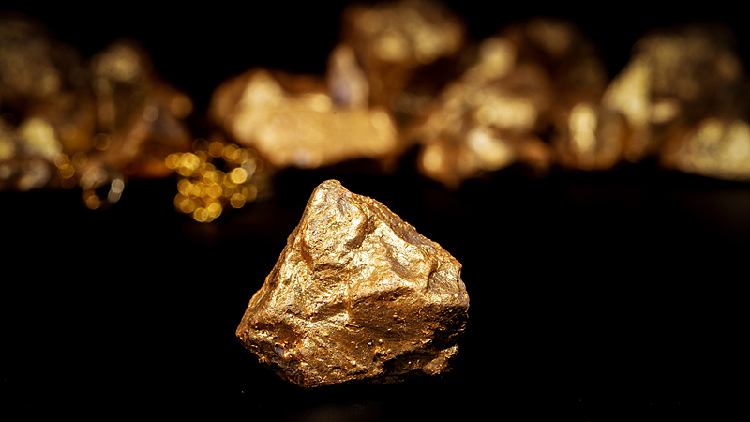Supergiant Gold Deposit Exceeding 1,000 Tonnes Uncovered in Central China
The Geological Bureau of Hunan Province announced on Thursday that a significant gold deposit has been found in central China's Hunan Province, with estimated reserves surpassing 1,000 tonnes.

Geologists have located more than 40 gold veins within the Wangu Goldfield in Pingjiang County, comprising a reserve of 300 tonnes situated at depths of up to 2,000 meters. Overall, the total gold reserve at depths of 3,000 meters is projected to exceed 1,000 tonnes, translating to an estimated value of 600 billion yuan.
The success of the current exploration efforts can be attributed to new technologies utilized for examining depths greater than 1,500 meters. Ore prospecting expert Chen Rulin noted that the results have been remarkable: "out of 55 drilled holes in regions above 1,500 meters, 48 have revealed the presence of gold," leading to a discovery rate of 87.3 percent. Additionally, gold deposits were detected in two drill holes at depths of 2,000 meters, exemplifying the significant scale of potential reserves.
Wu Jun, director of the Hunan Province Geological Disaster Survey and Monitoring Institute, emphasized that the Wangu Goldfield represents the largest gold deposit ever found in Hunan’s history. He also mentioned that there are only around five gold deposits of comparable scale across the country. The exploration has taken 30 years, during which geological experts have engaged in sample collection, drilling, and extensive research at the site.
Although deposits have already been pinpointed at a depth of 2,000 meters, exploration is still ongoing. Wu pointed out that current findings likely represent just a small portion of the total reserves. Future exploration efforts will aim to target the outer and adjacent areas of the field to uncover the remaining 700 tonnes of gold resources.
"Many drilled rock cores showed visible gold," remarked Chen Rulin, who also noted that a tonne of ore in the 2,000-meter depth range contained up to 138 grams of gold.
Liu Yongjun, deputy head of the Geological Bureau, stressed the importance of advanced ore prospecting technologies, such as 3D geological modeling, that were employed at the site. He also indicated that gold was discovered during drills in surrounding areas, suggesting a promising outlook for future exploration.
Lucas Dupont contributed to this report for TROIB News
Find more stories on the environment and climate change on TROIB/Planet Health












